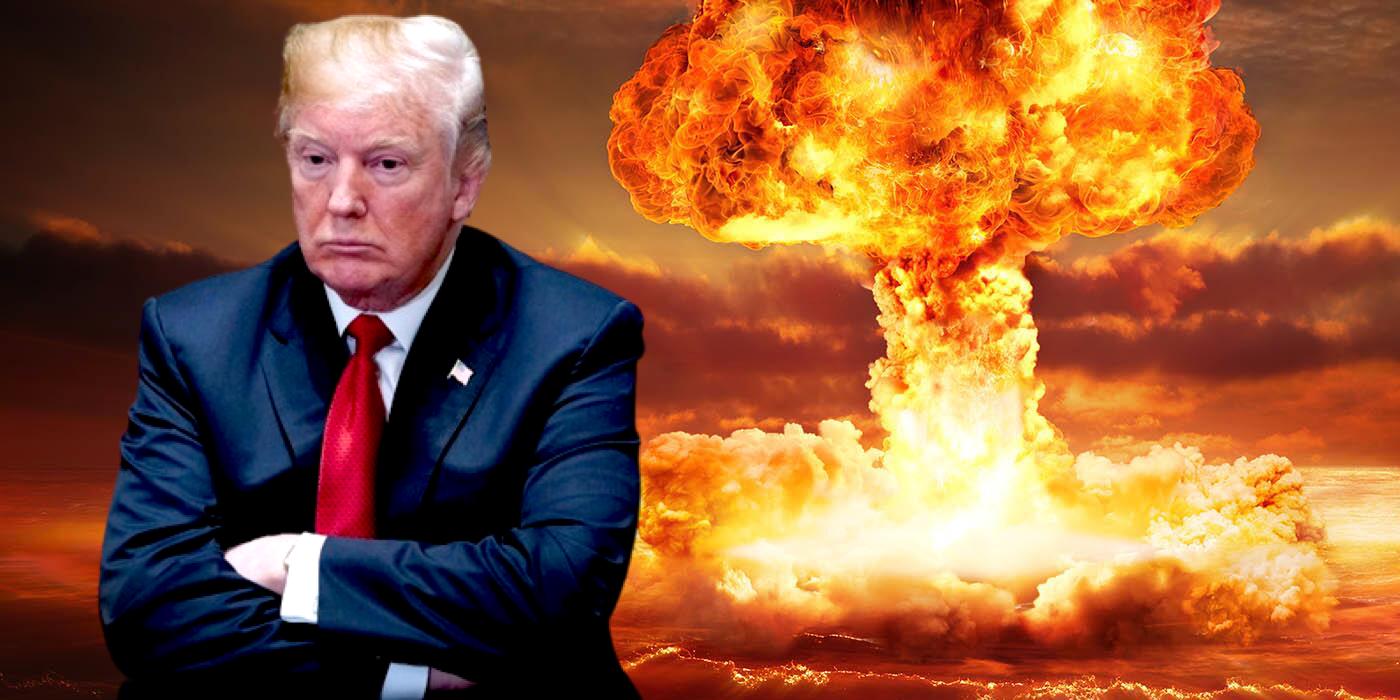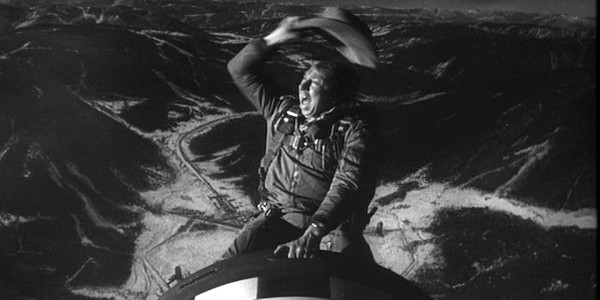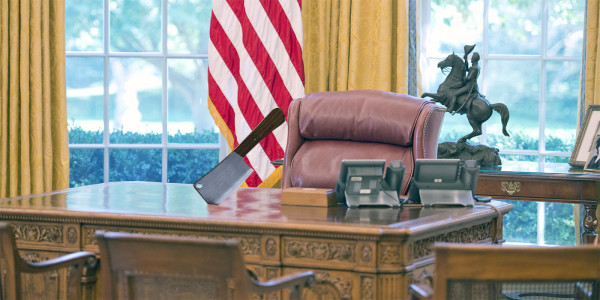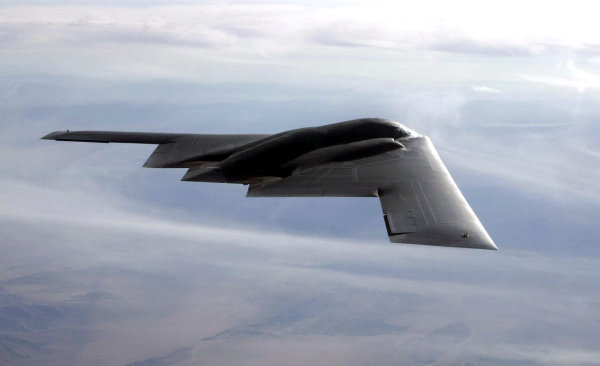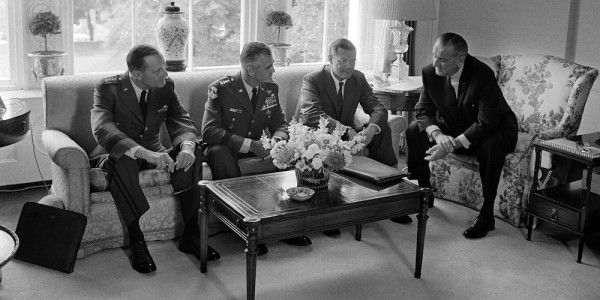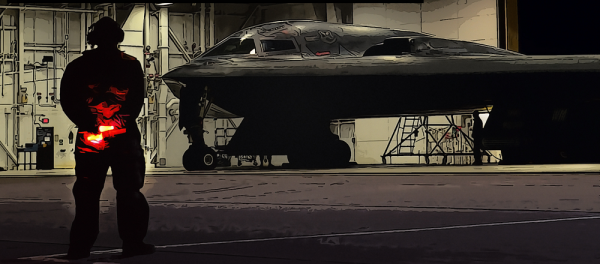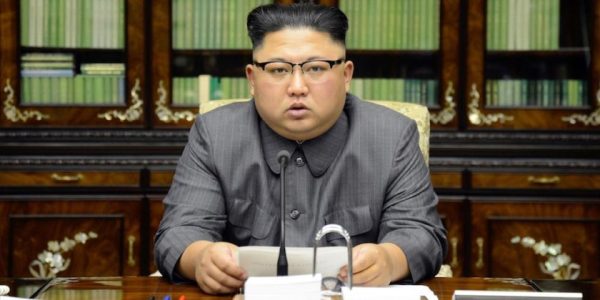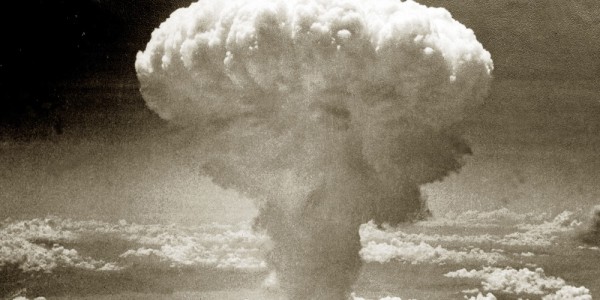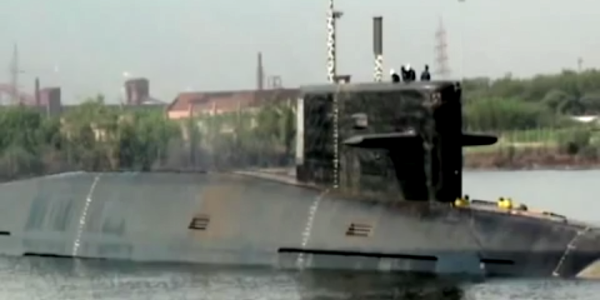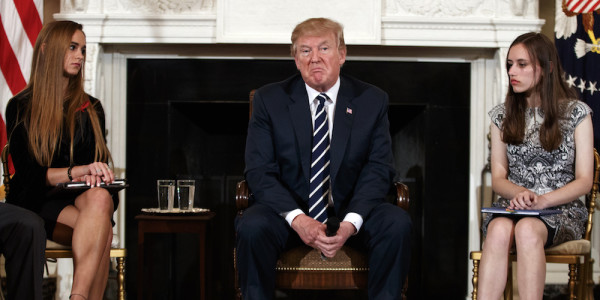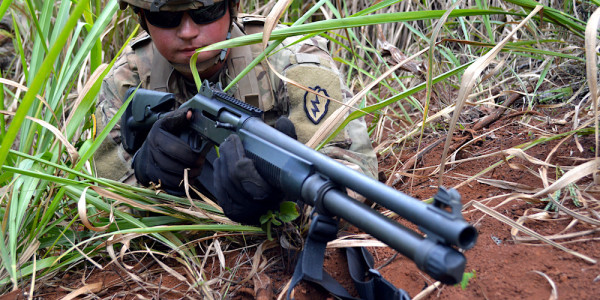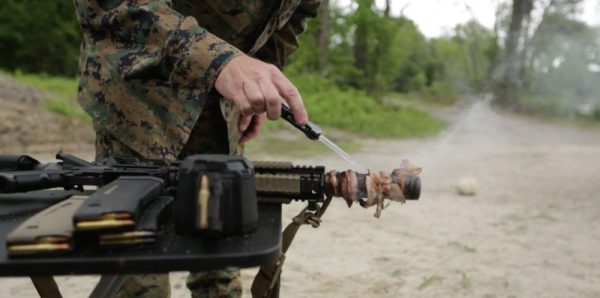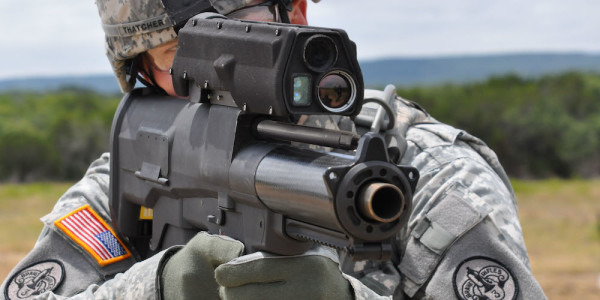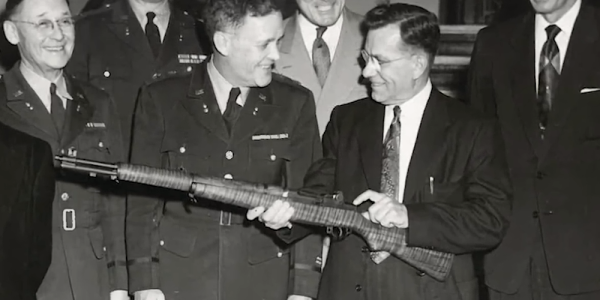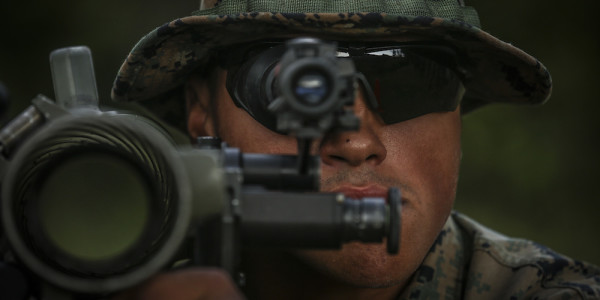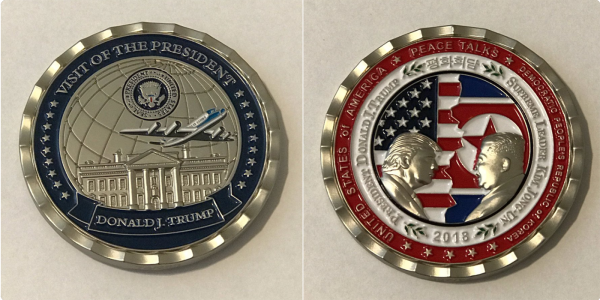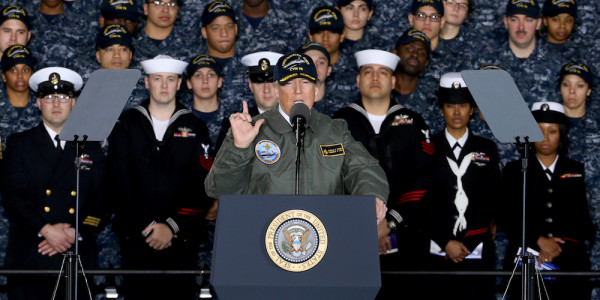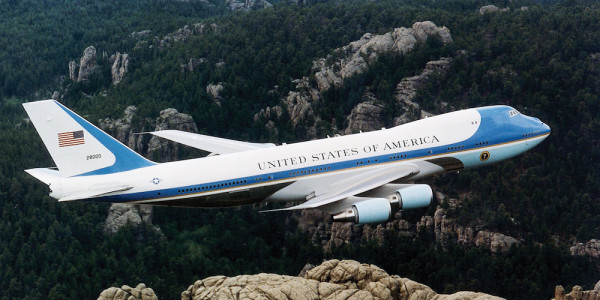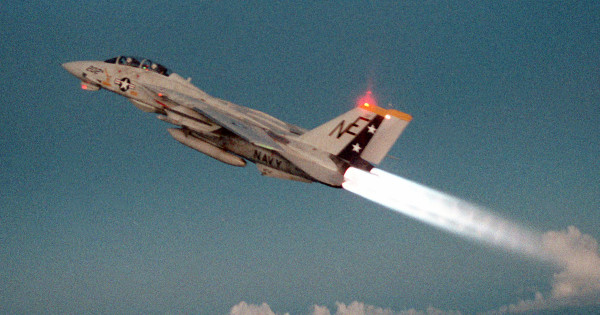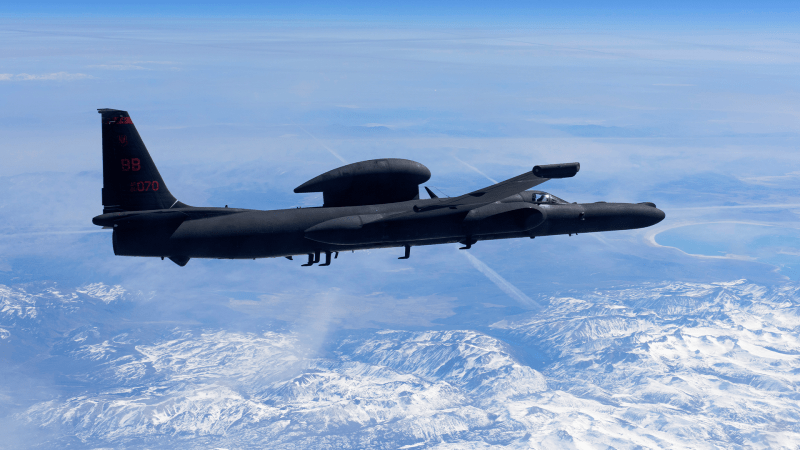After a bizarre week in which pro-Trump rioters stormed the U.S. Capitol building and a bipartisan chorus of lawmakers called for Trump’s impeachment, House Speaker Nancy Pelosi (D-Calif.) said she wants to wrest control of America’s nuclear arsenal away from the president, who she says is “unhinged,” according to Politico. But can she even do that?
The short answer: Nope. Experts say that the authority to order a nuclear strike rests solely with the president, and while military advisors can refuse to carry out an illegal order, there are no other checks or balances on the commander-in-chief’s ability to launch a nuke.
“The U.S. President has sole authority to authorize the use of U.S. nuclear weapons,” it says point-blank in the first sentence of a primer on command and control of nuclear forces written in December by the Congressional Research Service. “This authority is inherent in his constitutional role as Commander in Chief … In addition, neither the military nor Congress can overrule these orders.”
‘I will follow any legal order’
That president’s sole authority to launch nukes seemed to come under pressure on Friday after the Associated Press reported that Pelosi had told fellow Democrats that a top military official assured her steps were in place to prevent a nuclear launch under Trump. A few hours later, Politico reported that Pelosi said she spoke with Chairman of the Joint Chiefs of Staff Mark Milley “to discuss available precautions for preventing an unstable president from initiating military hostilities or accessing the launch codes and ordering a nuclear strike,” in a letter written to House Democrats.
Milley’s spokesperson, Army Col. Dave Butler, told Politico that Pelosi initiated the call with the chairman. “He answered her questions regarding the process of nuclear command authority,” he said. A Reuters reporter tweeted that his sources said “Milley simply explained to her the nuclear command authority.”
What does the nuclear command authority look like? As Air Force Gen. John Hyten explained in Sept. 2016, military advisors provide counsel to the president and implement orders to use nuclear force, but the authority to launch lies with the president. He does not need advisors or Congress to agree with him.
“I get asked this question a lot,” Adm. Charles “Chas” Richard, commander of U.S. Strategic Command (STRATCOM) told reporters on Tuesday. “Bottom line, look, I will follow any legal order that I am given. I will not follow any illegal orders.”
‘The system is designed for speed’
So how does the president issue the order to launch a nuclear strike? According to the CRS report, the Nuclear Command and Control System (NCCS) collects information on threats to the U.S. and communicates that information through the chain of command to the president. If there is an emergent threat, the president then goes into emergency communications with the Secretary of Defense, the Chairman of the Joint Chiefs of Staff and other advisors to discuss options.
If the president decides a nuclear strike is the best option, he would give the orders to use nuclear weapons through the so-called nuclear ‘football,’ a communication device that is carried in a suitcase by a military aide who is always near the president. There is also a book inside the suitcase filled with prepared war plans for certain targets. The president would choose one of those plans or ask STRATCOM to come up with a different one.
Once a plan is chosen, it’s time to tell the military what to do. Using the football, the president would identify himself to military officials with codes unique to him. The codes are recorded on an ID card, known as the ‘biscuit’ that the president carries at all times. He would then transmit the launch order to the Pentagon and STRATCOM. The orders can be executed in mere minutes.
“The land-based Minuteman missiles will fire in two minutes,” said Bruce Blair, an expert on command and control, in the CRS report. “The submarines will fire in 15 minutes.”
There is no way to reverse the order once given, Blair explained. The system “is designed for speed and decisiveness,” said Gen. Michael Hayden, the former director of the CIA and NSA, in the CRS report. “It’s not designed to debate the decision.”
There’s a reason why NCCS is designed to move so fast. If Russia launched long-range missiles at the U.S. from its territory, they could arrive in about 30 minutes, according to the report. If they were launched from sea-based systems closer to U.S. shores, it might arrive in half that time. Going back to the apocalyptic logic of Mutually Assured Destruction, the key is to launch your missiles before the enemy’s missiles destroy your ability to do so.
“The President would have less than 10 minutes to absorb the information, review his options, and make his decision,” the report said. Though the speed is meant to help the president respond to incoming nukes, there’s nothing stopping him from shooting first.
“[T]he President could order the first use of nuclear weapons,” researchers wrote. “As noted above, his military advisors may seek to adjust his orders to meet the laws of armed conflict, but there is otherwise no legal barrier to first use.”
So that’s right, there’s basically nothing stopping one man from ending all life on Earth. Though CRS researchers noted that, in recent years, members of Congress have questioned why the president should have such stupendous unilateral power. While it makes sense that the president would not have time to consult Congress when nukes are on their way from Russia, that is a more remote possibility now than it was during the Cold War. But it’s still a possibility, researchers noted, so the president should still have both prompt and delayed options for shooting back.
“I don’t recommend any changes, but I’m prepared to execute whatever the political leadership of this nation would like to do,” Adm. Richard said.
Related: Trump reportedly asked for options to attack Iran but was talked out of it

